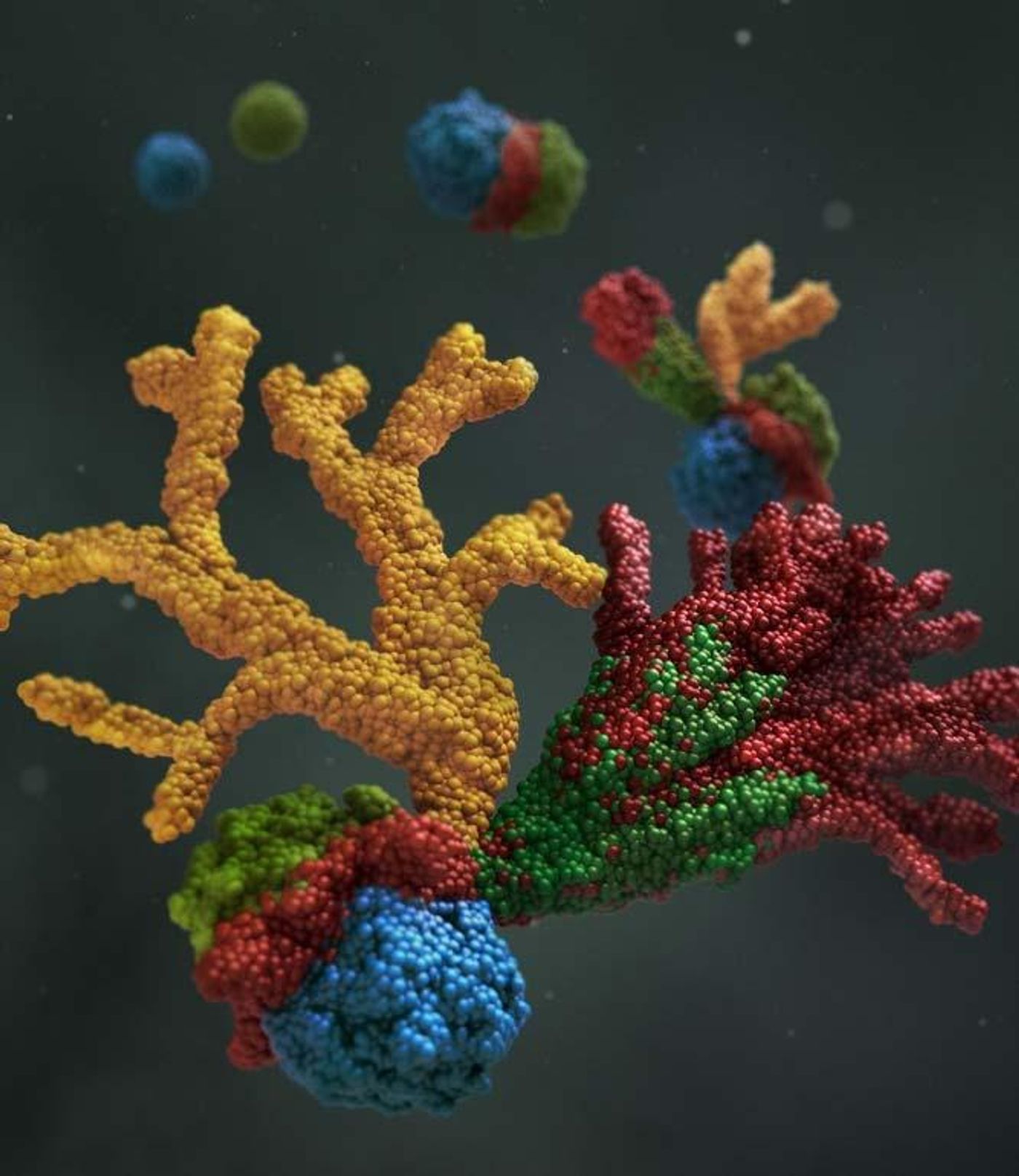Improving the Ways Scientists Model Organs and Disease
While animal models can be a good way to learn more about biology and disease, they don’t always faithfully replicate what happens in the human body. Scientists have, therefore, searched for other ways to investigate human physiology. One way to do that is to use organoids - miniature, simplified versions of organs made from stem cells, which have the ability to specialize into any cell type by turning specific genes on or off. An international team of researchers has now improved methods for creating organoid models of the bile duct, liver, and pancreas. The work has been reported in Nature.
"Our focus was on generating a hepato-biliary-pancreatic organoid, which would allow us to better understand how the liver, bile duct, pancreas, and associated tissues form during embryonic development and how they normally function together," explained the senior author of the report Takanori Takebe. "The current technical approaches are fairly limited, though, and the resulting models lack the complexity of true organs."
Their technique uses human stem cells, which can now be created by genetically manipulating mature human cells to create a three-dimensional sphere of cells suspended in a gel. After being allowed to develop, the organoid resembles a pancreas and the bile duct connections it shares with the liver.
"What we are most excited about is the sophistication of the organoid," noted study co-author Hiroyuki Koike. "We could see branches that directly connected the bile duct to the pancreas. Amazingly, the pancreatic tissue that emerged was able to secrete digestive enzymes through the ducts, similar to how the true organ would function. The complexity of the organoid is really quite remarkable."
Not only can these organoids provide new insights into the normal function of the organs they model, by introducing genetic mutations that impact the organs into the cell spheres, scientists can gain a new understanding of how genetic errors cause disease.
"There are still a number of challenges in the field with respect to creating a robust multi-organ model system that can be easily manipulated in a research setting," acknowledged Takebe. "The work here shows that it is possible to create such a system using human pluripotent stem cells. This is quite exciting, as it lends credibility to the idea that stem cells might be used to make personalized models to study how organs form and how genetic mutations lead to organ malfunction."
Sources: AAAS/Eurekalert! via Tokyo Medical and Dental University, Nature









